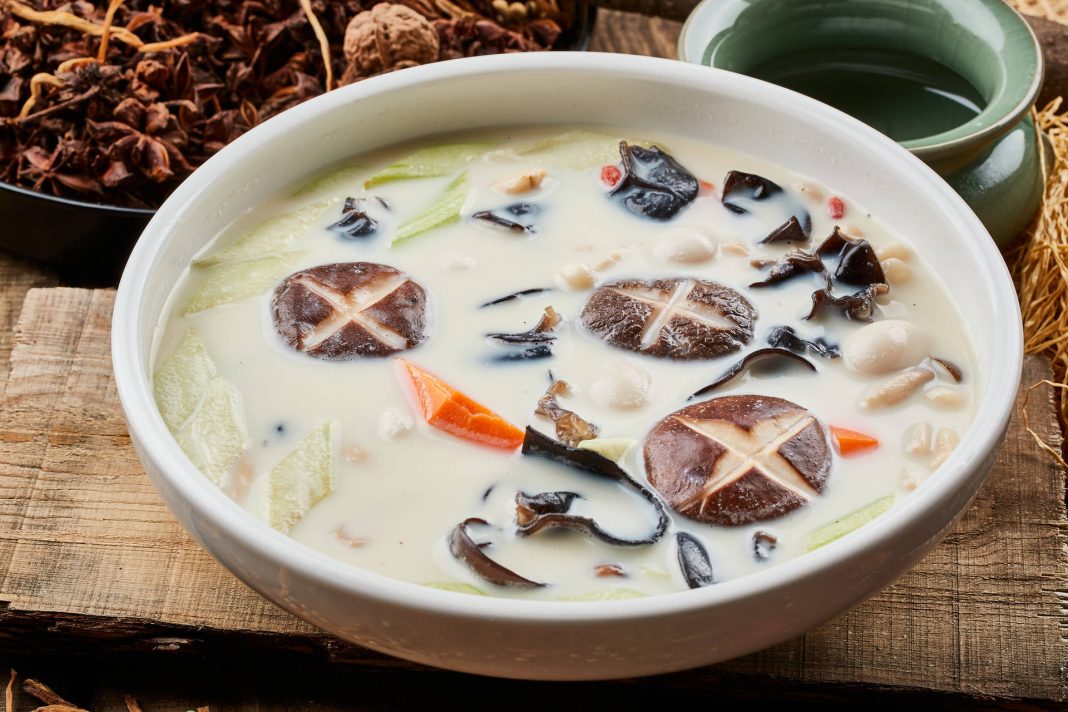This content is provided by the Pioneer Bird blood sugar management software! It helps you record health indicators such as blood sugar and blood pressure, offers free tastings of sugar-free foods, and customizes diet and exercise plans to accompany you in controlling your blood sugar.
Diabetes, often referred to as a “rich man’s disease” by many, is actually not insurmountable. With a reasonable dietary balance, diabetes patients can achieve normal blood sugar control. Today, let’s talk about the dietary rules for diabetes patients: eat freely, eat appropriately, restrict eating, and prohibit eating. As long as these principles are followed, blood sugar can be effectively managed.
First, let’s discuss the foods that can be “eaten freely.” These are foods that have a minimal impact on blood sugar and can be consumed more freely. For example, most non-starchy vegetables, such as spinach, broccoli, and cucumbers, are rich in fiber and trace elements, while having very low sugar content. Diabetes patients can consume these vegetables in large quantities in their daily diet to meet their nutritional needs without worrying about fluctuations in blood sugar.
Next are the foods that should be “eaten appropriately.” These foods, while rich in nutrients, have relatively high sugar or calorie content and need to be controlled in terms of intake. For example, whole grains, legumes, and some fruits. Whole grains like oats and brown rice are rich in B vitamins and minerals, but they also have a higher carbohydrate content. Legumes are a source of high-quality protein but also contain a certain amount of carbohydrates. Fruits such as apples and oranges do contain sugar but also provide a lot of vitamins and fiber. For these foods, diabetes patients should consume them appropriately based on their blood sugar control status.
Then come the foods that should be “restricted.” These foods usually have high sugar content or a significant impact on blood sugar and need to be strictly controlled in terms of intake. For example, white bread, white rice, and sugary beverages. These foods have a high glycemic index (GI), which can cause blood sugar to rise quickly. Diabetes patients should try to minimize their intake of these foods or choose low-GI alternatives such as brown rice and whole-grain bread.
Finally, there are the foods that should be “prohibited.” These foods should be completely avoided by diabetes patients. For example, high-sugar desserts, candies, and sugary drinks. These foods contain a large amount of simple sugars that can quickly lead to spikes in blood sugar, which is extremely detrimental to blood sugar control for diabetes patients.
In the process of managing blood sugar, modern technological aids such as smart monitoring devices can help patients track their blood sugar levels more precisely, allowing them to better adjust their diet and lifestyle. Although these tools are merely supplementary means, they play an important role in assisting patients with self-management.
In addition, to encourage diabetes patients to choose a healthy lifestyle, some marketplaces have launched free sampling activities for sugar-free or low-sugar foods. These activities not only allow diabetes patients to try new healthy snacks but also increase their interest in healthy eating. The tasting activities provide a safe option, helping diabetes patients enjoy food while controlling their blood sugar.
By following the dietary rules of “eat freely, eat appropriately, restrict eating, and prohibit eating,” diabetes patients can achieve normal blood sugar control. This not only requires patients to understand food and self-manage but also needs the support and encouragement of family and friends. Let’s work together to cheer for the healthy lives of diabetes patients and celebrate their future.


